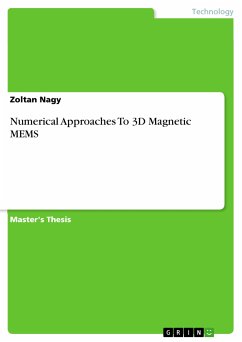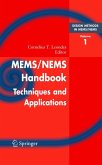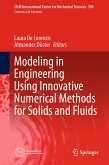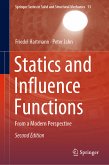Master's Thesis from the year 2006 in the subject Engineering - Mechanical Engineering, grade: A, Swiss Federal Institute of Technology Zurich (Institute of Robotics and Intelligent Systems), language: English, abstract: The present work investigates the potential of the finite element method (FEM) in the design process of magnetic Micro-Electro-Mechanical-Systems (MEMS). The magnetic forces and torques acting on a magnetic body are of great importance in wireless actuating principles. Good models are required to allow for precise and predictable motion of the magnetic body. However, analytical results are only available for simple geometries and experiments are often time consuming and may have a certain number of uncertain parameters that may influence the results. Numerical methods, and in particular the finite element method, offer the possibility to study a magnetic body with known material properties in a well defined environment. Consequently, in this work, a method is proposed to calculate the net body torque on arbitrarily shaped bodies in a homogeneous magnetic field using the commercial finite element software Ansys . In addition, a procedure to de- termine the demagnetization factors of these bodies is given. The code is first validated by the known analytical results for an ellipsoid. As an application, the demagnetization factors, as well as the net magnetic torque on brick shaped bodies and the IRIS Microrobot are calculated. A method is proposed to predict the torque acting on the Microrobot analytically. However, experimental results are necessary to confirm this method. Furthermore, Ansys is used to model magneto-structural coupling that is, the motion and deformation of a magnetic body due to an external magnetic field. Two devices are presented (as case studies rather than as actual design concepts), the magnetic resonator and the magnetic scratch drive actuator (MSDA). A quasi- analytical model for the static deflection of the magnetic resonator is given and good agreement with the finite element model is obtained. The MSDA is modeled to show the potential of Ansys in modeling MEMS devices, as additional to the coupling effects, contact elements and spring elements are introduced. Again, experimental results are required.









